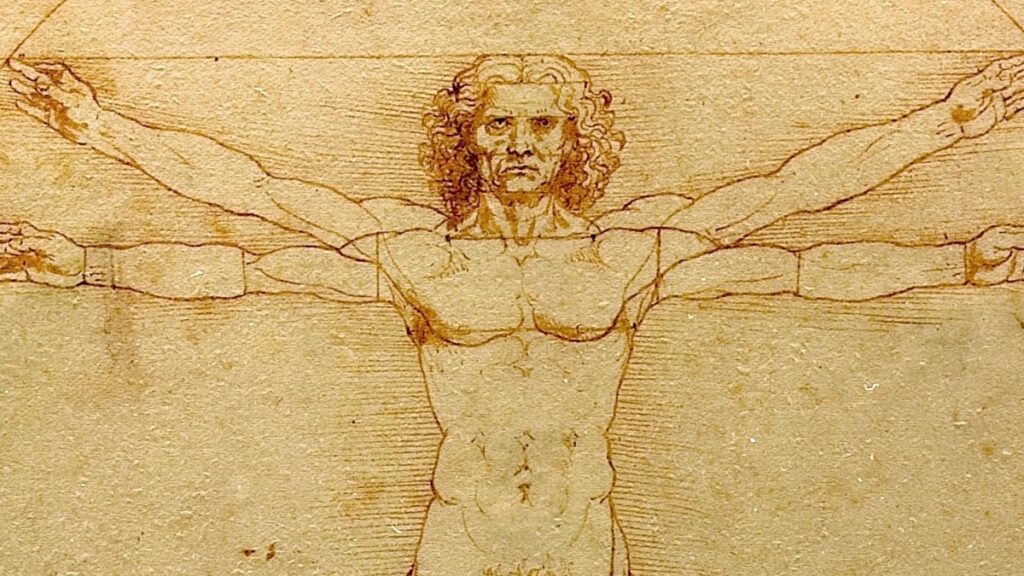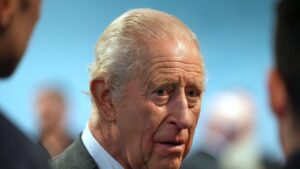
URGENT UPDATE: A groundbreaking revelation has emerged regarding Leonardo da Vinci’s iconic *Vitruvian Man*, potentially solving a mystery that has puzzled experts for over 500 years. London dentist Rory Mac Sweeney has uncovered a hidden detail within the famous drawing that could change our understanding of its geometric proportions.
In a paper published in the *Journal of Mathematics and the Arts* earlier this year, Mac Sweeney identifies an equilateral triangle situated in the crotch of the *Vitruvian Man*. This crucial finding may explain the specific proportions that da Vinci meticulously crafted in 1490, long thought to be inspired by the Golden Ratio Theory.
For centuries, art historians have debated why da Vinci chose such precise measurements for the *Vitruvian Man*, an illustration symbolizing the “ideal” human form. Mac Sweeney argues that da Vinci’s notes reveal an intentional design: “If you open your legs… and raise your hands enough that your extended fingers touch the line of the top of your head… the space between the legs will be an equilateral triangle,” he states.
Through rigorous calculations, Mac Sweeney discovered that the distance between the feet and the height of the navel creates a ratio of approximately 1.64 to 1.65. This is strikingly close to the tetrahedral ratio of 1.633, established in 1917, which is crucial for understanding optimal packing in geometry.
The implications of Mac Sweeney’s work extend beyond art; they touch on the very principles governing human anatomy and nature itself. He suggests that the tetrahedral ratio might be a fundamental aspect of human evolution, reflecting “geometric principles that govern optimal spatial organization throughout the universe.”
Mac Sweeney draws parallels between this discovery and the Bonwill triangle, a principle used in dentistry since 1864, highlighting that both share the same 1.633 ratio. This connection suggests a remarkable link between art, biology, and mathematics.
The excitement around these findings underscores the potential for further exploration in both art and science, as Mac Sweeney posits that da Vinci’s work may have tapped into universal truths about the mathematical nature of reality.
As this story develops, it raises questions about the relationship between art and science, and how hidden patterns in nature can manifest in human designs. Will other scholars agree with Mac Sweeney’s interpretations? The art world is poised for a debate that could redefine our understanding of one of history’s most iconic figures.
Stay tuned for more updates as experts weigh in on this fascinating discovery. The intersection of art, geometry, and biology could lead to revolutionary insights in how we perceive both our history and ourselves.





